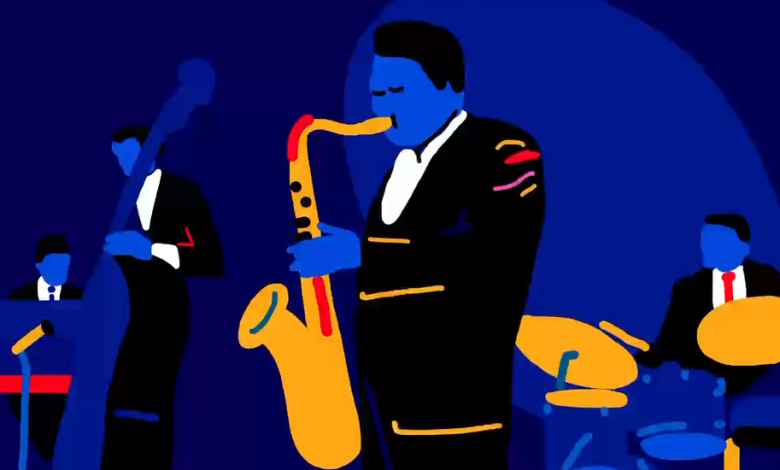5 Minutes That Will Make You Love John Coltrane

Yes, it’s time for this series to focus on John Coltrane — perhaps the most sanctified musician in the whole Black American tradition, who other artists sometimes refer to simply as “St. John.”
Born in Hamlet, N.C., and raised in High Point, Coltrane arrived on the New York scene in the 1950s, by way of Philadelphia and the Miles Davis Quintet. In the short years between that arrival and his death, in 1967, the world around Coltrane would change dramatically. He reached the peak of his creative forces as a saxophonist just as American society was bursting apart in the 1960s, and as freedom movements drummed colonialism out of the African continent. Though introspective and soft-spoken, singularly allergic to grandstanding, Coltrane felt powerfully concerned with the fate of the world, and he was sure that music had a role to play in turning the tides.
He closely studied spiritual and musical systems from Africa and India, sensing that ancient, non-Western traditions might light the path toward a new creative approach. For many of his contemporaries, Trane’s saxophone became synonymous with a liberated mind and body. And, however ineffable, it carried a message. As A.B. Spellman wrote in a poem after the saxophonist’s death, “trane’s horn had words in it.”
Coltrane changed the game in American music a few times over: first, with a style that felt like such a force of nature, one critic labeled it “sheets of sound,” as if he were commanding monsoon rains. Then, in 1960, the flipbook-fast harmonies of “Giant Steps” upped the expectations for jazz improvisers by a big margin. Swinging in the other direction, Trane brought his whirling-dervish attack to a more stationary style of music: raga-like, harmonically planted “modal” tunes such as “Impressions,” “Africa” and “India.”
In the mid-60s, compelled by his own spirituality, by the outward-bound “free jazz” being made by artists like Sun Ra, Ornette Coleman and Eric Dolphy, and by the music he’d been playing at home with his second wife, the pianist and composer Alice (McLeod) Coltrane, the saxophonist wrote and recorded his masterpiece, “A Love Supreme.” A paean to God, it also sounds like an attempt to unleash purifying flames on a world gone wrong. And from there, he went even further; his last two years saw Coltrane pushing rhythm and tone beyond their breaking points.
Below you’ll find a guided tour of Coltrane’s career, courtesy of 15 musicians, scholars, poets, writers and other experts whose lives have been cleansed, and made brighter, by the sheets of sound. You can find a playlist at the bottom of the article, and be sure to leave your own favorites in the comments.
We are having trouble retrieving the article content.
Please enable JavaScript in your browser settings.
Thank you for your patience while we verify access. If you are in Reader mode please exit and log into your Times account, or subscribe for all of The Times.
Thank you for your patience while we verify access.
Already a subscriber? Log in.
Want all of The Times? Subscribe.





